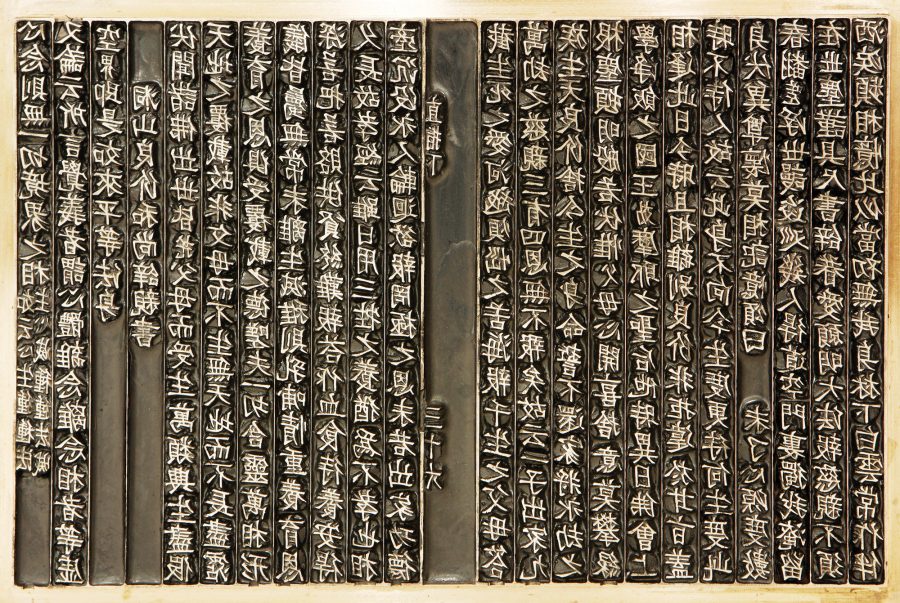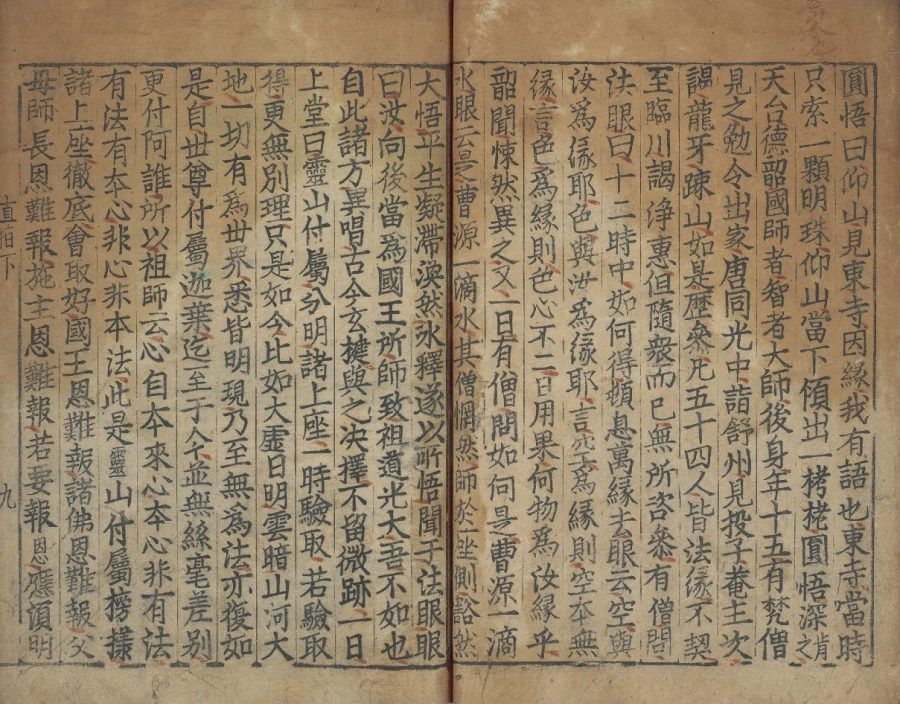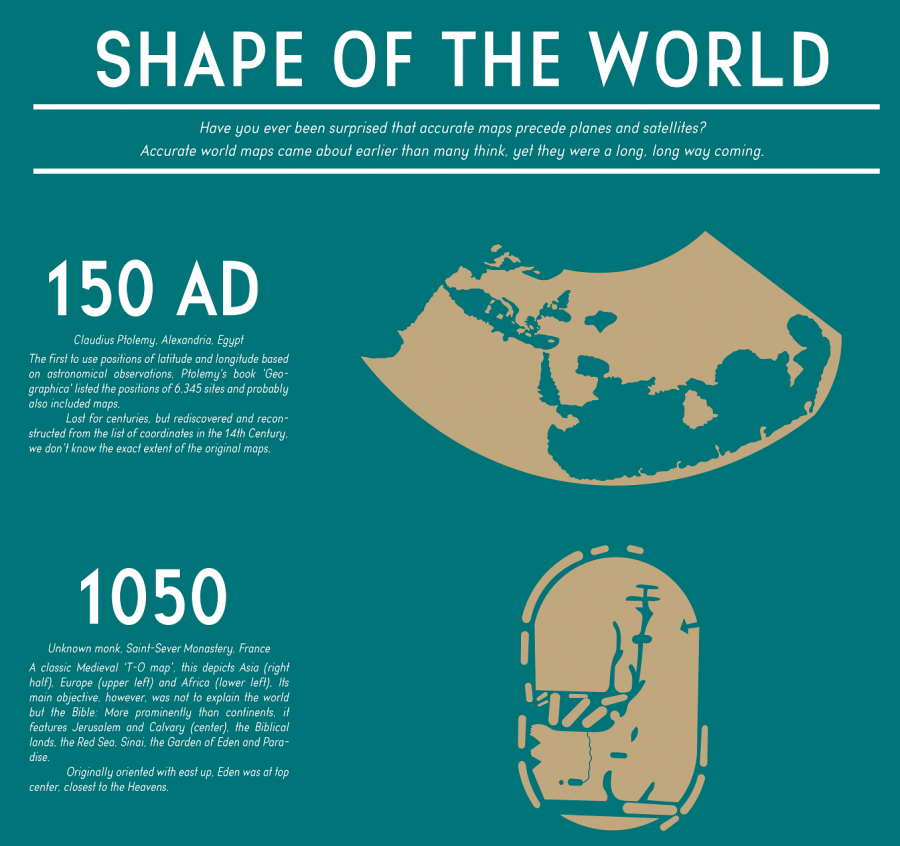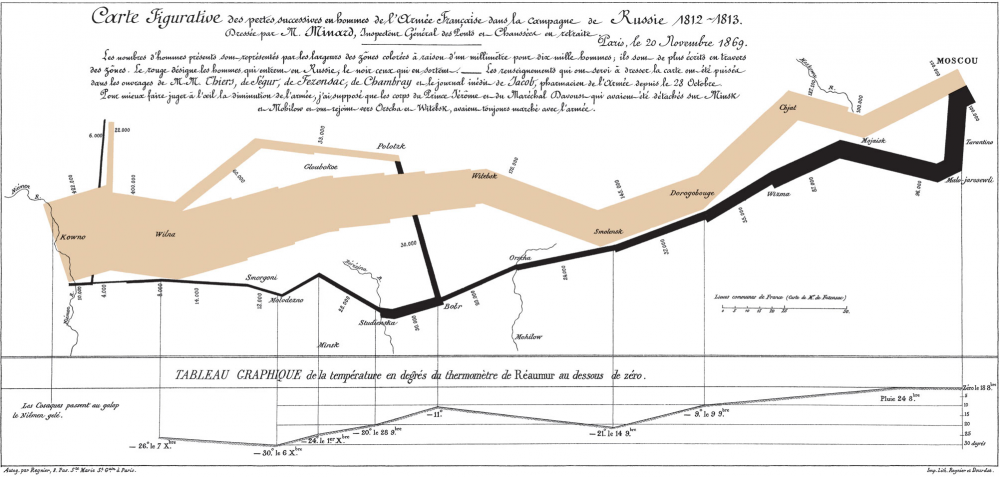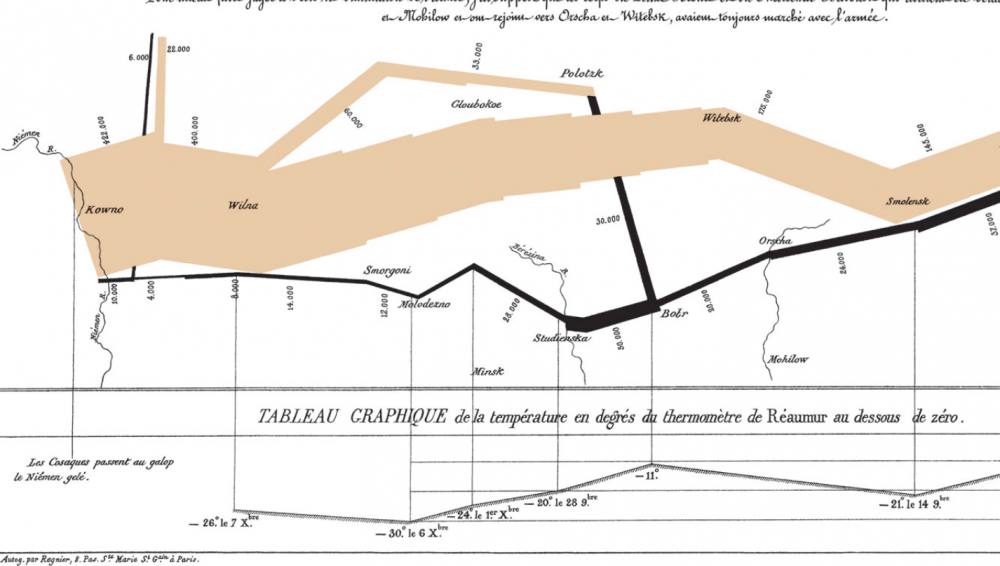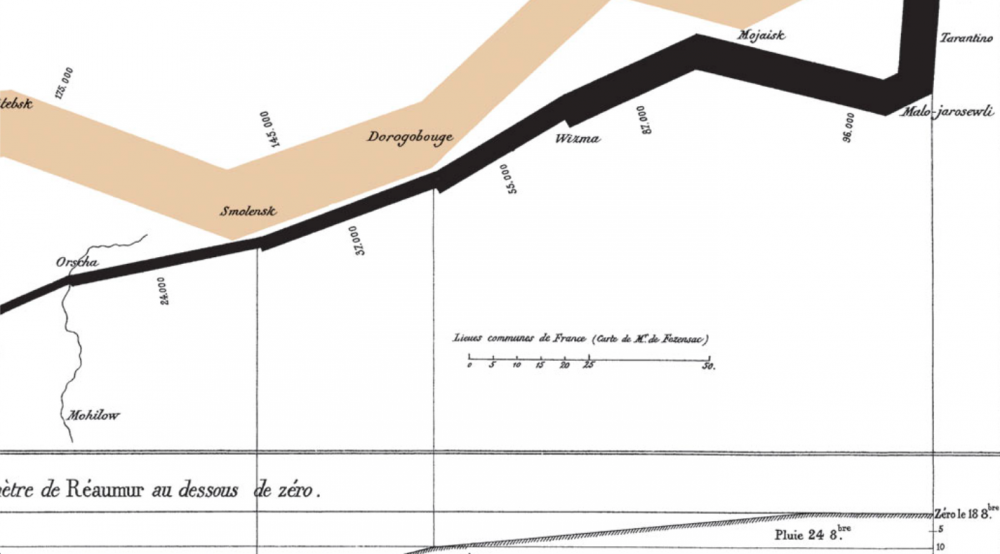One might call the explosion of “space rock” in the late 60s another kind of escapism, a turn from the heaviness on planet Earth when the Age of Aquarius started to get seriously dark. Assassinations, riots, illegal wars, blunt state repression, counterculture fragmentation, violence everywhere, it seemed. Hallucinogens played their part in guiding the music’s direction, but who could blame bands and fans of bands like the Grateful Dead, Pink Floyd, Hawkwind, or Hendrix for turning their gaze skywards and contemplating the stars?
One might also make the case that so-called “space rock”—psych-rock that directly or indirectly referenced outer space, space travel, and sci-fi themes, while sounding itself like the music of the spheres on acid—in fact, turned squarely toward the most technologically-advanced, ambitious proxy battle of the entire Cold War. The very earthly space race made a fitting subject for rock opera—a perfect stage set for imaginative songs about alienation, isolation, and technological inhumanity.
All of these themes come together in a celestial harmony in David Bowie’s 1969 single, “Space Oddity,” released on July 11th 1969 and inspired by Stanley Kubrick’s 2001: A Space Odyssey, both cultural artifacts that anticipated the drama of the Apollo 11 moon landing. The excitement Kubrick’s film and Bowie’s song helped generate is odd, however, considering that both narratives end with their protagonists lost in outer space forever.
This didn’t stop the BBC from using “Space Oddity” to soundtrack their Apollo coverage, “despite its chilling conclusion,” writes Jason Heller, author of Strange Stars: David Bowie, Pop Music, and the Decade Sci-Fi Exploded. The song’s scenario “couldn’t have been further from the typical cheerleading of the astronauts that was being conducted by the media. No one was more surprised than Bowie,” who commented:
I’m sure they really weren’t listening to the lyrics at all. It wasn’t a pleasant thing to juxtapose against a moon landing…. Obviously, some BBC official said, ‘Oh, right then, that space song, Major Tom, blah blah blah, that’ll be great.’ ‘Um, but he gets stranded in space, sir.’ Nobody had the heart to tell the producer that.
“Of course,” says Bowie, ”I was overjoyed that they did” run with the song. It had been his label’s intent to garner this kind of exposure when they rushed the record’s release to “capitalize on the Apollo craze.” “Space Oddity” made it to number five on the UK charts. But if Bowie was making any comment on the moon mission, at first it seems he did so only indirectly, inspired more by cinema than current events. He found 2001 “amazing,” he commented, adding, “I was out of my gourd anyway, I was very stoned when I went to see it, several times, and it was really a revelation to me.”
The song, he says, came out of that enhanced viewing experience. Heller writes of several more of Bowie’s literary sci-fi influences, but not of a particular interest in the Apollo program. Yet Bowie, who recorded the first “Space Oddity” demo in January of 1969, did say he wanted the song “to be the first anthem of the Moon.” The lyrics also “came from a feeling of sadness,” he said, about the space program’s direction. “It has been dehumanized,” he said. “Space Oddity” represented a deliberate “antidote to space fever,” which is maybe why the song didn’t catch on in the U.S. until the ‘70s.
This was not a song about planting a flag of conquest. Journalist Chris O’Leary remembers Bowie making even more pointed commentary, considering “the fate of Major Tom to be the technocratic American mind coming face-to-face with the unknown and blanking out.” The song heralded not only a pivotal scientific achievement but a cultural break: “It was probably not hyperbole to assert that the Age of Aquarius ended when man walked on the Moon,” writes sociologist Philip Ennis. Or as Camille Paglia interpreted events in Bowie’s song, “we sense that the ‘60s counterculture has transmuted into a hopelessness about political reform.”
This may seem like a lot of interpretation to lay on what Bowie himself called a “song-farce,” but when we’re talking about Bowie’s songwriting, even throwaway lines seem filled with portent. And when it comes to that supremely ambivalent couplet “Planet Earth is blue / And there’s nothing I can do,” we find ourselves legitimately asking along with Heller, is this “anthem or requiem? Celebration or deconstruction?” It has been all these things—the “defining song of the Space Age,” sung by astronauts themselves while floating in the tin can of the International Space Station, and soon to be broadcast at the Kennedy Center in a new video celebrating the 50th anniversary of the Apollo 11 moon landing.
The video at the NASA event on July 20th will commemorate the event with “footage of David Bowie performing Space Oddity at his 50th birthday concert at Madison Square Garden in 1997.” At the top of the post, see a later video for the song (the first film Bowie made, in 1969, would not emerge until 1984); further up, see an excellent live performance as Ziggy Stardust and the Spiders from Mars; and just above, see a young, fresh, bell-bottomed, pre-glam Bowie play “Space Oddity” live on TV in 1969.
As we remember the 50th anniversary of the moon landing this month, we also celebrate the release of “Space Oddity” just nine days earlier, the song that first launched Bowie’s career as a spacefaring rock star. He couldn’t have predicted the success of the Apollo 11 mission, but now it seems we cannot properly remember it without also reflecting on his prescient pop critique—an attempt, he said, “to relate science and emotion.”
Related Content:
Astronaut Chris Hadfield Sings David Bowie’s “Space Oddity” On Board the International Space Station
How “Space Oddity” Launched David Bowie to Stardom: Watch the Original Music Video From 1969
NASA Digitizes 20,000 Hours of Audio from the Historic Apollo 11 Mission: Stream Them Free Online
Josh Jones is a writer and musician based in Durham, NC. Follow him at @jdmagness

